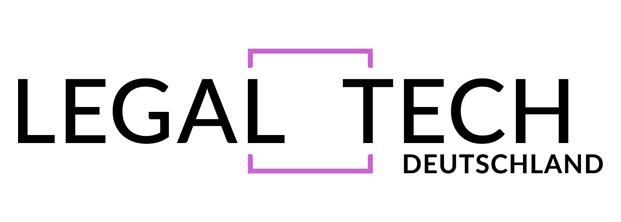
Saharan Heatwave Grips Germany: What Employees and Employers Should Know
Germany is currently experiencing a severe heatwave, with temperatures reaching up to 37°C in some regions. While many might prefer a day at the pool over the office, there is generally no legal entitlement to “heat leave” for employees. However, employers are required to take certain measures to protect their staff during extreme heat. Here’s a summary of what applies in such situations.
How Hot Is Too Hot at Work?
For those not fortunate enough to work in fully air-conditioned offices or from home, the rising temperatures raise an important question: how warm is too warm in the workplace?
The Workplace Ordinance (ArbStättV) and the Technical Rules for Workplaces (ASR A3.5 – Room Temperature) provide guidance on acceptable indoor temperatures. These rules do not apply to so-called “heat workplaces,” such as those in the metal industry or foundries, where physical labor is performed under high temperatures (from 35°C and above).
Step-by-Step Measures Starting at 26°C
There is no fixed maximum temperature limit, but the ASR outlines a step model requiring employers to take action:
- From 26°C: Employers should implement protective measures.
- From 30°C: Employers must take action.
- From 35°C: The room is no longer considered suitable for work, even with protective measures.
Examples of required measures include:
- Ventilating rooms in the early morning
- Effectively managing sun protection (e.g., keeping blinds closed)
- Optimizing ventilation systems
- Reducing internal heat sources (e.g., limiting use of electrical devices)
- Allowing flexible working hours
- Relaxing dress codes
- Providing suitable beverages
The distinction between “should” and “must” means that from 26°C, employers are generally expected to act unless exceptional circumstances justify otherwise—for example, if flexible hours are not feasible or relaxed dress codes are inappropriate due to customer contact.
What If Employers Don’t Act?
Employees are only allowed to stop working due to heat in exceptional cases. Some legal opinions suggest that working hours could be reduced once temperatures exceed 26°C, but this is not guaranteed. If employers fail to implement necessary protective measures and working conditions pose a health risk, employees may have grounds to withhold their labor—but they must be able to prove the health risk and should first give their employer a reasonable deadline to address the issue to avoid disciplinary consequences.
Personal Cooling Devices
Employees considering bringing their own fans or air conditioners should first obtain permission from their employer. These devices use company electricity and may pose fire safety risks. If a privately owned device causes a fire, insurance issues are likely to arise.
Dress Code
High temperatures do not automatically justify wearing flip-flops or shorts. Employers have the right to set dress codes, though only in general terms (e.g., requiring a shirt and suit, but not specifying colors or patterns). Employees should clarify with their supervisors what adjustments are acceptable. A mutual agreement is recommended to maintain workplace harmony, as even minor conflicts can strain working relationships.





